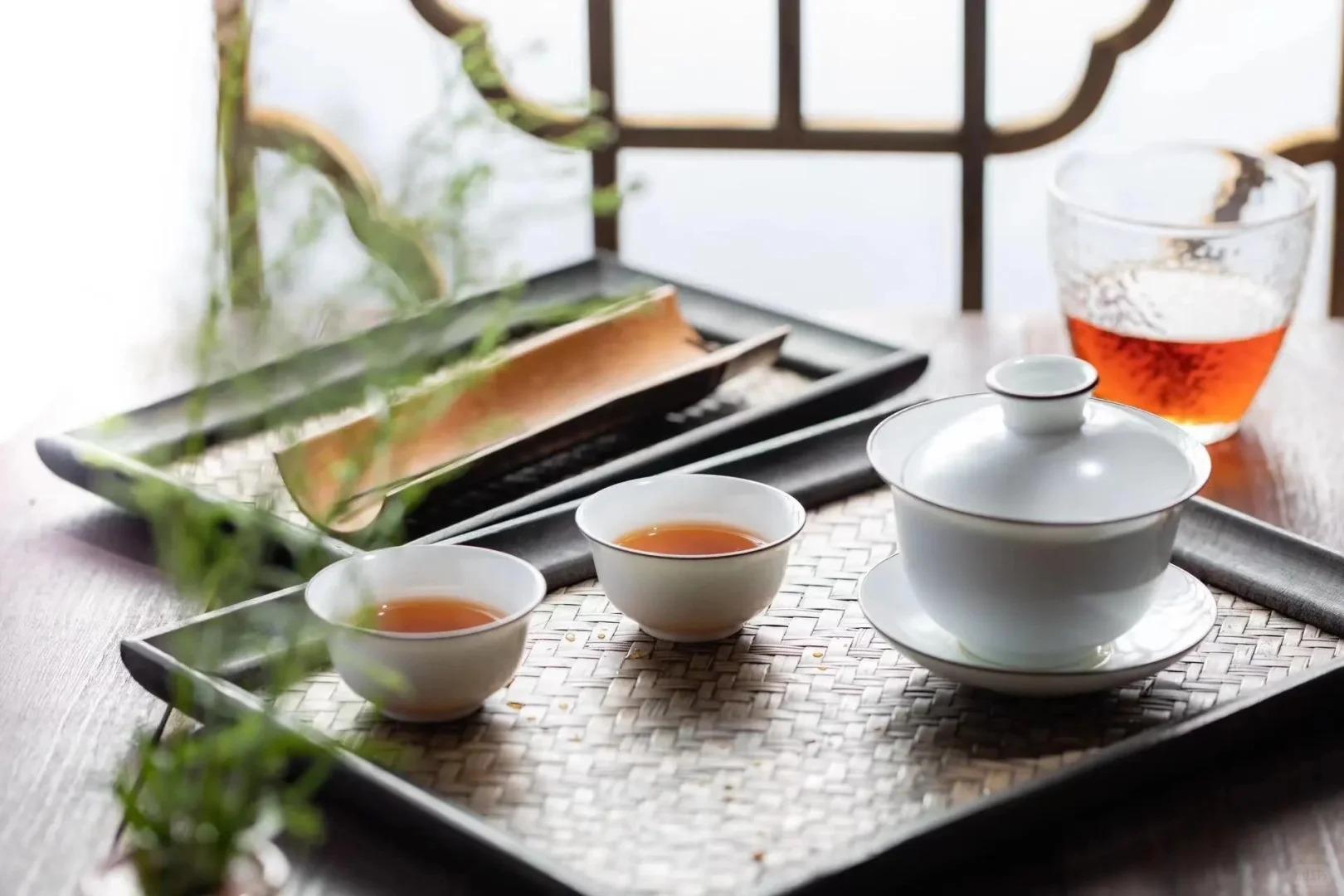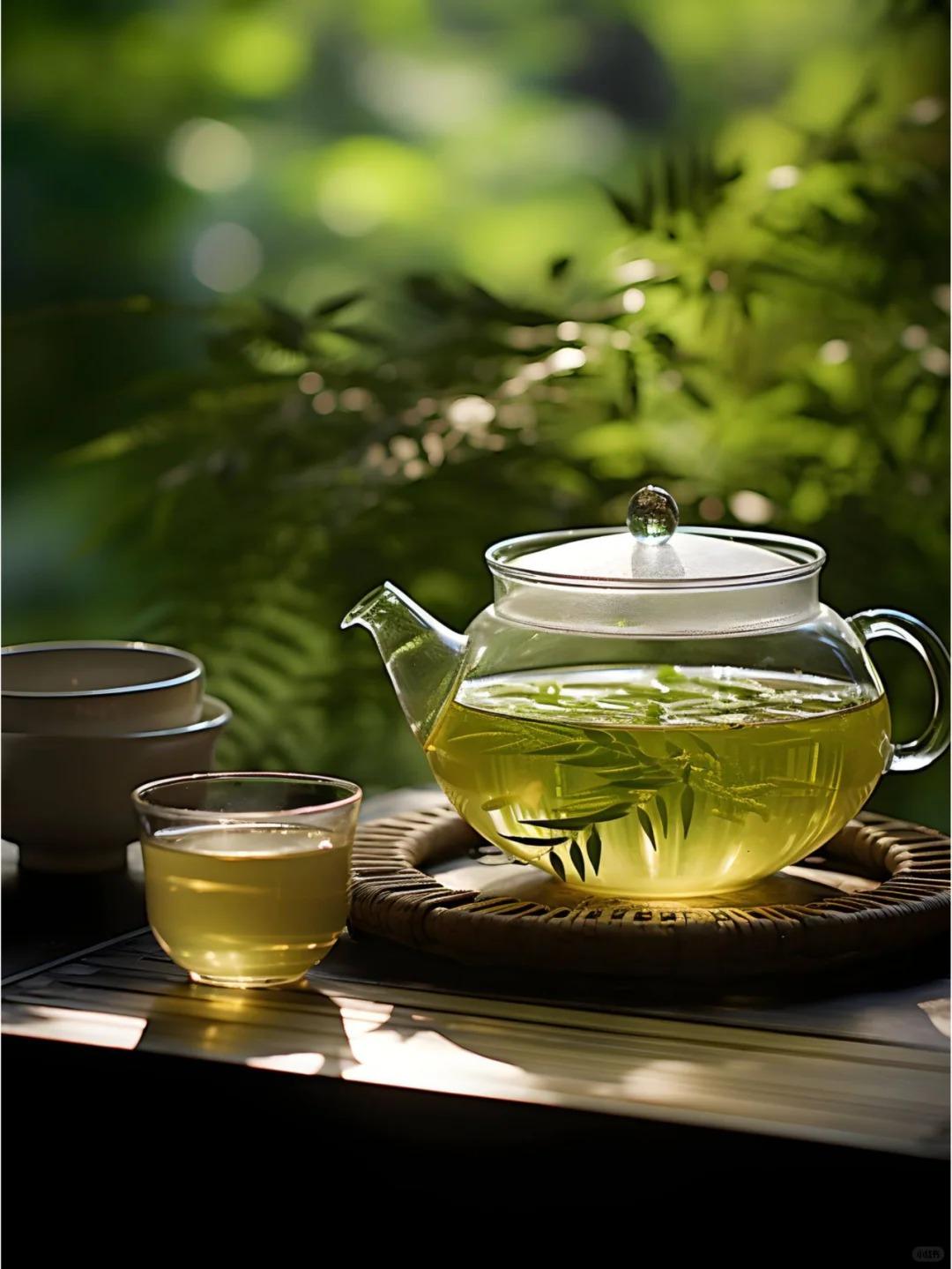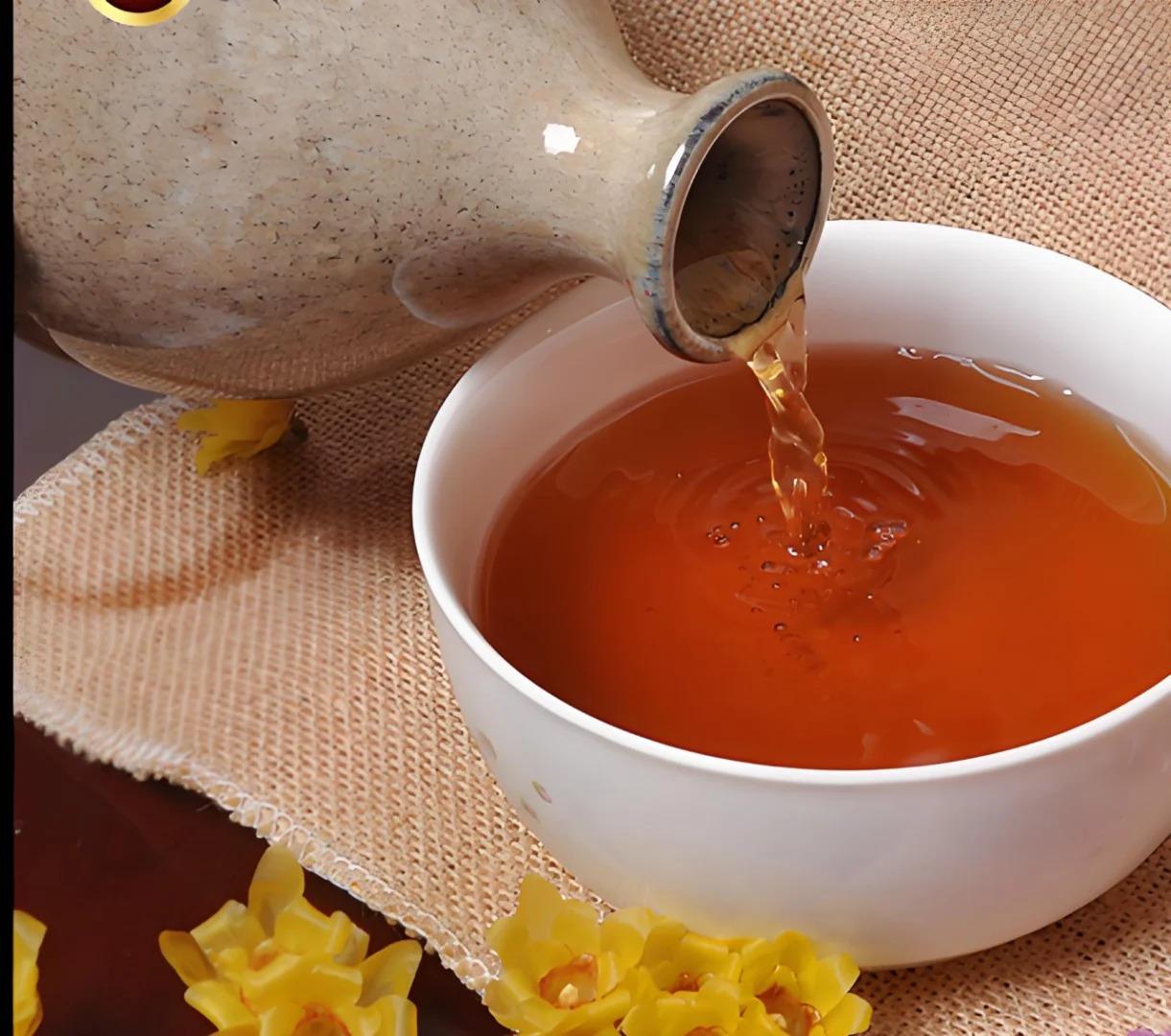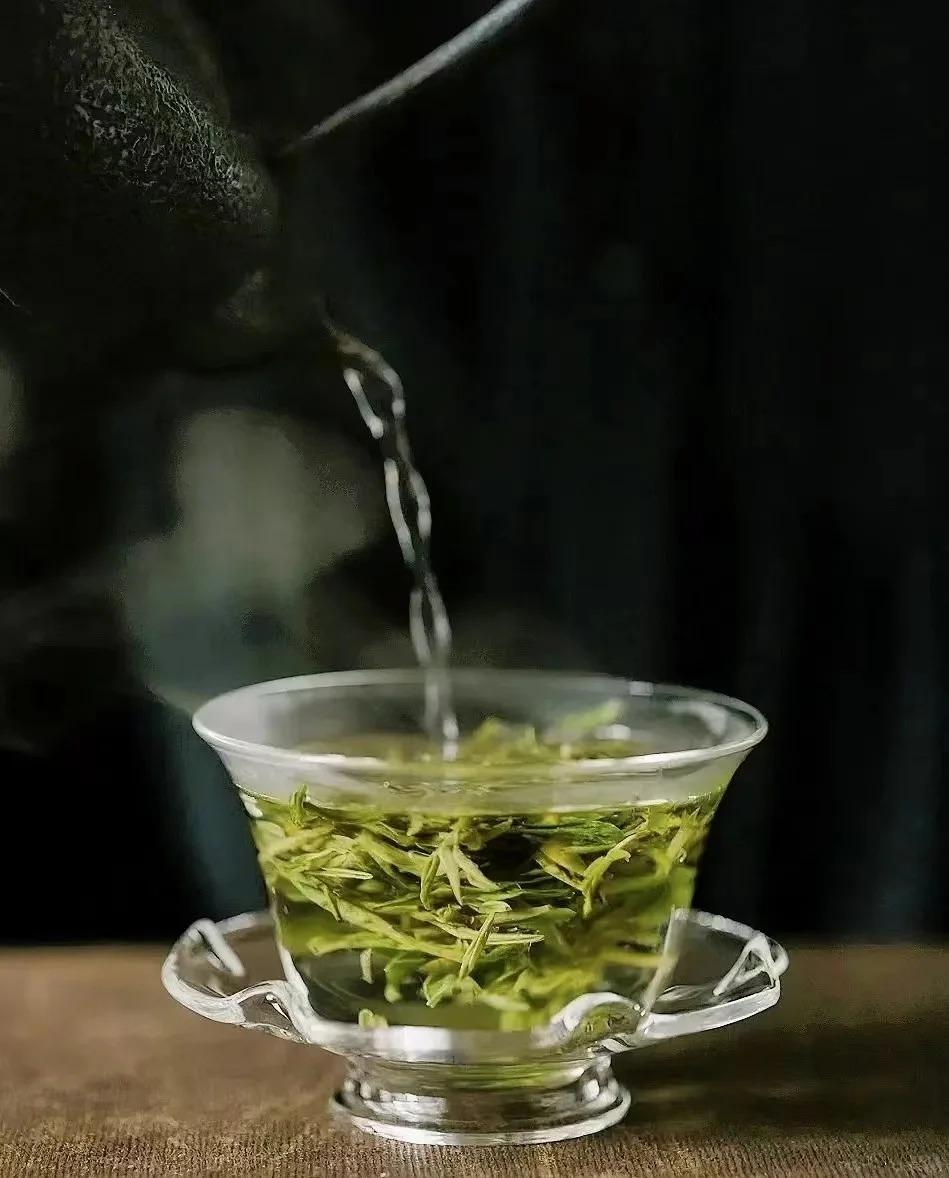Introduction to Chinese Drinks
China’s drink culture is as vast and varied as its landscape, reflecting thousands of years of history and innovation. From the steaming cups of tea in ancient tea houses to the colorful bubble teas in modern cafes, Chinese beverages offer a fascinating glimpse into the nation’s cultural evolution.
Drinks have always played a crucial role in Chinese society, serving not just as refreshments but as symbols of hospitality, social status, and even medicinal remedies. The famous Chinese saying, “Seven things need to be checked when leaving home: firewood, rice, oil, salt, sauce, vinegar, and tea,” underscores the importance of tea in daily life.
Today, China’s beverage scene is a vibrant blend of traditional classics and modern innovations, offering something for every palate and occasion.

Traditional Chinese Teas
Tea is the heart and soul of Chinese drink culture. The main types include:
| Tea Type | Characteristics | Notable Regions |
|---|---|---|
| Green Tea | Fresh, grassy | Longjing (Zhejiang), Biluochun (Jiangsu) |
| Oolong Tea | Partially oxidized, complex | Tieguanyin (Fujian), Dongding (Taiwan) |
| Black Tea | Fully oxidized, robust | Keemun (Anhui), Dianhong (Yunnan) |
| Pu-erh Tea | Fermented, earthy | Yunnan Province |
The Chinese tea ceremony, known as Gongfu tea, is an art form that emphasizes the appreciation of tea’s aroma, flavor, and mouthfeel. It’s not just about drinking tea, but about creating a harmonious experience that engages all senses.
Chinese teas are renowned for their health benefits, including antioxidant properties, improved digestion, and potential weight loss effects.

Chinese Alcoholic Beverages
Baijiu: The Spirit of China
Baijiu, often called China’s national spirit, is a strong distilled liquor typically made from sorghum. With an alcohol content ranging from 35% to 60%, it’s not for the faint of heart!
Traditional Chinese wines include:
- Huangjiu (yellow wine): Made from rice, millet, or wheat
- Mijiu (rice wine): Similar to Japanese sake
Regional specialties like Maotai from Guizhou and Wuliangye from Sichuan are prized for their unique flavors and cultural significance.
The Chinese beer industry has boomed in recent decades, with local brands like Tsingtao and Harbin gaining international recognition.

Traditional Non-Alcoholic Beverages
Chinese herbal teas, known as “leung cha” in Cantonese, are prized for their medicinal properties. Popular varieties include:
- Goji berry tea: Believed to improve eyesight
- Chrysanthemum tea: Used to reduce internal heat
Soybean milk, or “doujiang,” is a staple breakfast drink, often paired with “youtiao” (fried dough sticks).
Seasonal drinks add variety throughout the year:
- Winter melon tea: A cooling summer beverage
- Osmanthus tea: Popular in autumn for its fragrant blossoms

Modern and Popular Chinese Drinks
Bubble tea, also known as boba tea, has taken the world by storm. Originating in Taiwan in the 1980s, this chewy tapioca pearl-infused tea has become a global phenomenon.
Coffee culture is growing rapidly in China, with both international chains and local boutique cafes offering unique Chinese twists on classic coffee drinks.
Soft drinks with Chinese characteristics, like herbal cola and chrysanthemum soda, blend Western concepts with traditional Chinese flavors.
Regional Drink Specialties
Every region in China boasts its own unique beverages:
- Yunnan: Pu-erh tea and “Eight Treasures Tea”
- Sichuan: Bamboo wine and “Tianfu Cola”
- Hainan: Coconut juice and “Hainan Iced Tea”
Many of these drinks are tied to local festivals or seasons. For instance, osmanthus wine is popular during the Mid-Autumn Festival in many southern regions.

Experiencing Chinese Drinks as a Traveler
Must-try beverages for visitors include:
- A properly brewed cup of premium Chinese tea
- A small shot of baijiu (approach with caution!)
- Fresh soybean milk from a local vendor
- A creative bubble tea from a trendy shop
For authentic experiences:
- Visit traditional tea houses in cities like Chengdu or Hangzhou
- Explore local markets for fresh, seasonal drinks
- Try modern tea shops for innovative blends
When drinking in China, remember:
- It’s polite to pour tea for others before yourself
- During meals, it’s customary to toast before drinking alcohol
- Never stick your chopsticks vertically in your rice bowl (it resembles incense sticks at funerals)
When buying teas or spirits as souvenirs, seek out reputable shops and be wary of counterfeit products, especially for famous brands like Maotai.
From the meditative ritual of a tea ceremony to the lively atmosphere of a modern bubble tea shop, Chinese drink culture offers a window into the nation’s soul. Each sip tells a story of tradition, innovation, and the rich tapestry of Chinese culture. So raise your cup – whether it’s filled with fragrant oolong, fiery baijiu, or colorful boba – and toast to the diverse world of Chinese beverages!






